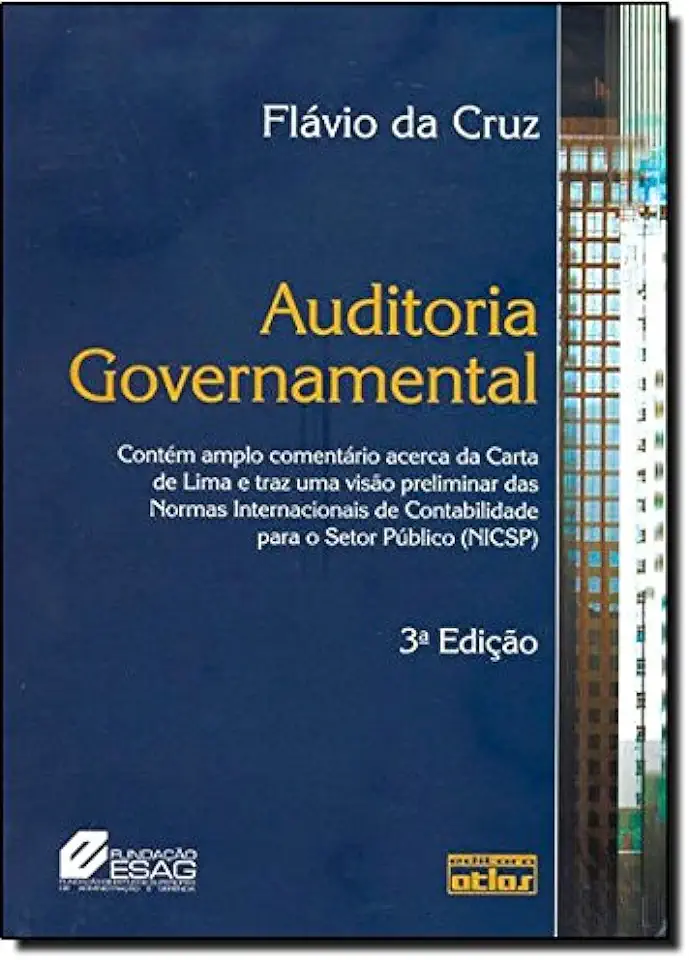
Government Auditing
Government Auditing: A Comprehensive Guide to Public Sector Auditing
Introduction
Government auditing is a critical component of ensuring the efficient and effective use of public funds. This comprehensive guide provides a thorough understanding of the principles, practices, and techniques of government auditing, empowering readers to conduct high-quality audits and contribute to the accountability and transparency of public sector organizations.
Key Features:
- Comprehensive Coverage: This book covers a wide range of topics, from the fundamentals of government auditing to advanced auditing techniques, ensuring a comprehensive understanding of the field.
- Real-World Examples: Numerous real-world examples and case studies illustrate the practical application of auditing concepts, making the learning experience more engaging and relevant.
- Expert Insights: Written by seasoned government auditors and academics, this book offers valuable insights and best practices from experienced professionals in the field.
- Up-to-Date Information: The book incorporates the latest developments and trends in government auditing, ensuring readers stay current with the evolving landscape of public sector auditing.
Chapter Overview:
Chapter 1: Introduction to Government Auditing
- Provides an overview of the role and significance of government auditing in ensuring accountability and transparency in the public sector.
Chapter 2: Legal and Ethical Framework
- Discusses the legal and ethical framework governing government auditing, including relevant laws, regulations, and professional standards.
Chapter 3: Auditing Standards and Guidelines
- Explores the various auditing standards and guidelines issued by professional auditing bodies and their application in government auditing.
Chapter 4: Risk Assessment and Materiality
- Explains the concepts of risk assessment and materiality in government auditing and their impact on audit planning and execution.
Chapter 5: Internal Control and Internal Audit
- Examines the role of internal control and internal audit in government organizations and their relationship with external auditing.
Chapter 6: Financial Statement Auditing
- Provides a detailed guide to financial statement auditing, including audit procedures for revenue, expenditures, assets, liabilities, and equity.
Chapter 7: Performance Auditing
- Explores the principles and techniques of performance auditing, focusing on evaluating the efficiency, effectiveness, and economy of government programs.
Chapter 8: Compliance Auditing
- Discusses compliance auditing, including legal and regulatory compliance audits and their importance in ensuring adherence to laws and regulations.
Chapter 9: Information Technology Auditing
- Addresses the unique challenges and considerations of auditing information technology systems in government organizations.
Chapter 10: Fraud Auditing
- Examines the detection and investigation of fraud in government entities, covering fraud risk assessment, red flags, and investigative techniques.
Chapter 11: Reporting and Communication
- Provides guidance on preparing audit reports, communicating audit findings, and effectively communicating with stakeholders.
Chapter 12: Quality Control and Peer Review
- Discusses the importance of quality control and peer review in government auditing and the mechanisms for ensuring audit quality.
Conclusion:
"Government Auditing: A Comprehensive Guide to Public Sector Auditing" is an essential resource for government auditors, public sector professionals, academics, and anyone interested in understanding the intricacies of government auditing. With its comprehensive coverage, real-world examples, and expert insights, this book empowers readers to contribute to the effective and accountable use of public funds and promote transparency in the public sector.
Enjoyed the summary? Discover all the details and take your reading to the next level — [click here to view the book on Amazon!]